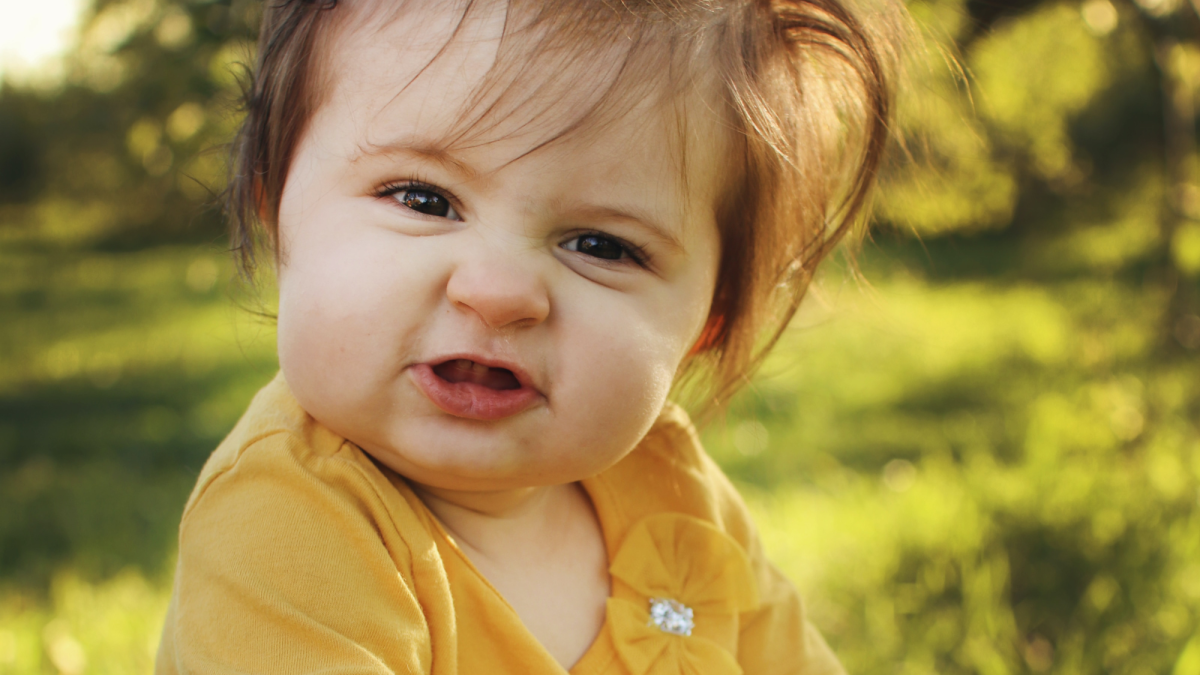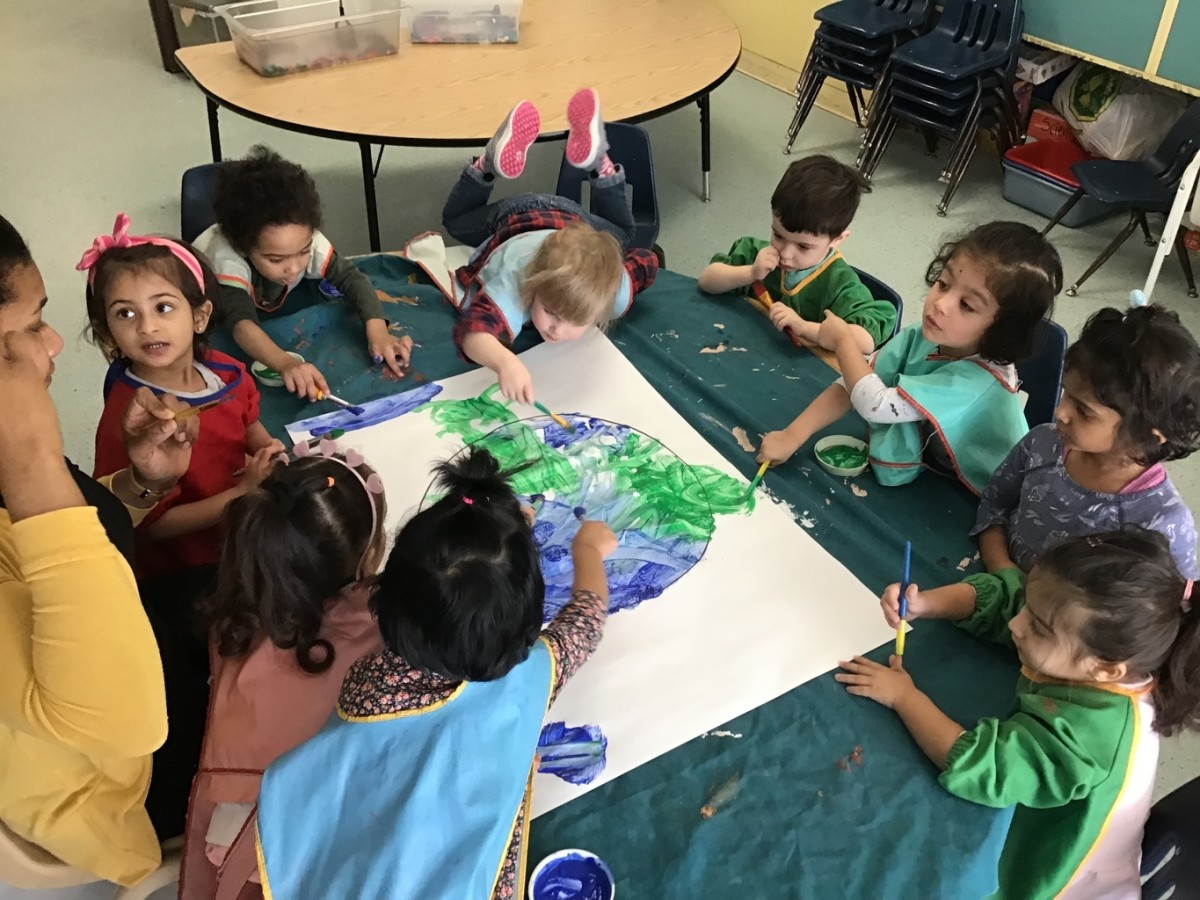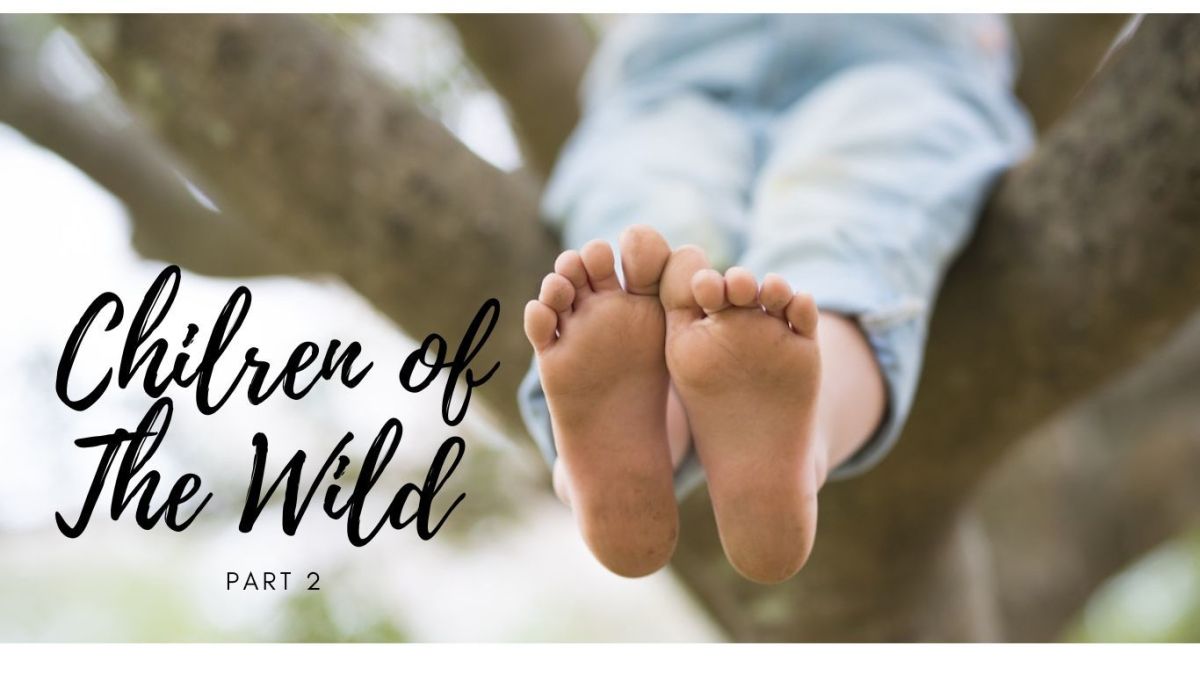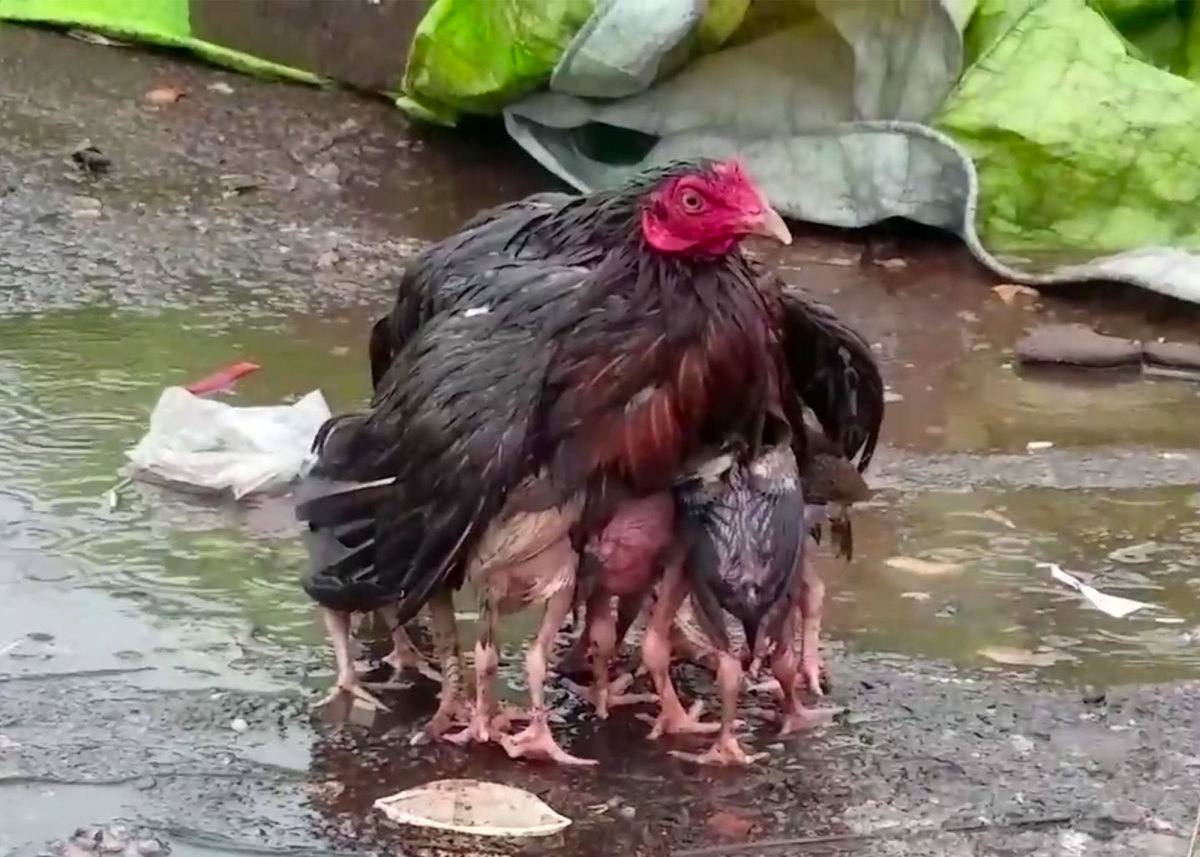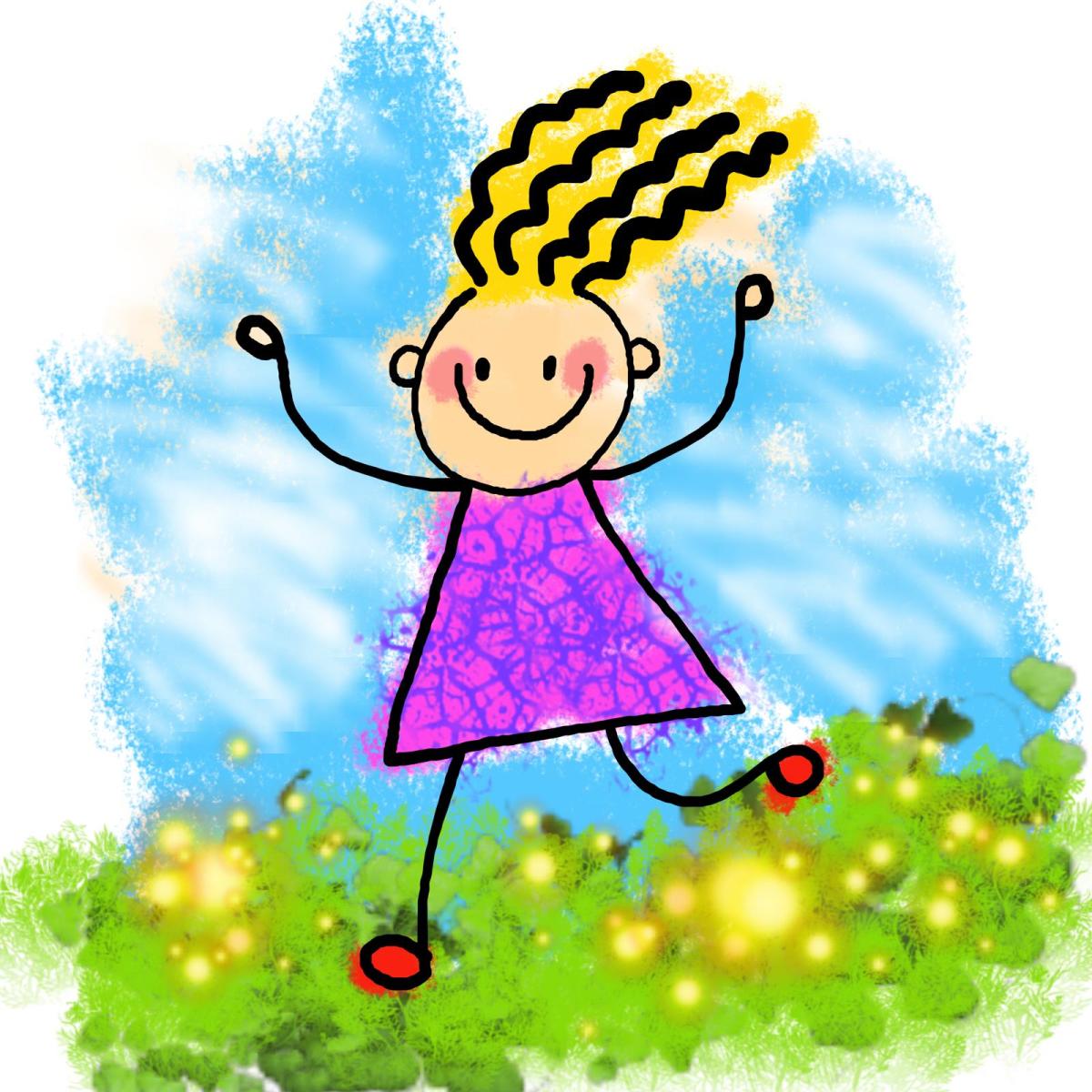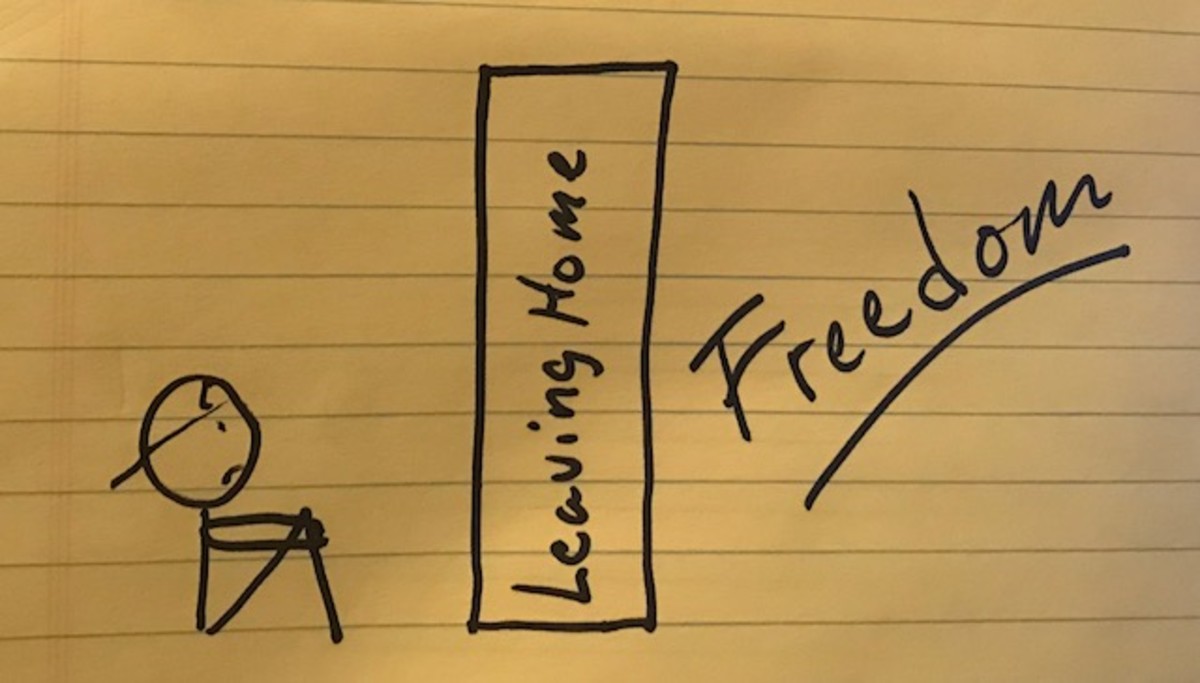Parenting Skills 101: Understanding Basic Child Behavior (Birth to Five Years Old)
If you desire to understand a child’s behavior, parents, teachers or caregivers must learn about the growth and development of a child especially the social and emotional aspect. The mother of two year old Jimmy frets when she sees him play by himself. No matter how hard she tries to coax him to play with his cousin, he simply won’t. And then there’s Martha. Lately, she has been very negative and “no” is fast becoming her favorite word.
Is this normal, you ask? The only way to alleviate your worries and learn how to handle children’s behavior is to become knowledgeable about their growth and development.
Let’s go through the different stages of social and emotional development of children from birth to five years old.
Birth to Six Months
A child’s primary interaction with the adults that surround him everyday plays a very important role in how babies develop socially and emotionally. Many people are becoming aware that the best birth environment is when a relationship with the parent(s) can be established immediately after the baby is born. This bonding is essential as this helps the baby trust in his environment as one that is safe and secure hence, it is advised for a parent to respond to the babies needs.
Knowing this, I finally understood one of the plausible reasons why I was such a fearful infant. My mother had shared that I would cry and cry for hours. I learned that I was born premature and I was left in the hospital for a month in an incubator before I was taken home.
Also, infants are increasingly becoming aware of people. They will show this by looking directly at their primary caregiver and even smile! You will notice that there is an increase of smiles in response to the loving attention given to them. This is a wonderful and positive sign of emotional development.
THINGS TO REMEMBER:
- Babies and parents should spend time together immediately following the birth of a child to complete the bonding process.
- A newborn baby enters the world and is entirely dependent on others for survival. How his needs are met will affect his trust to people and the environment.
- The primary caregivers (e.g. parents) must be consistent in being loving and warm. This is the best way to help the child gain trust.
- This sense of trust allows them to explore their environment and learn about the world without fear and later on become capable and fully functioning adults.
Six to Twelve Months
It is observed that moods of babies can change quickly – from happy to crying to smiling again in a matter of minutes. Do take note that there are many causes for this. Teething can be one cause which causes a lot of discomfort to the child. Also, babies may react to loud noises, or seeing strangers or unexpected events. But since babies at this age are generally affectionate and trusting, their mood can be restored immediately.
THINGS TO REMEMBER:
- A baby’s language is developing - experimenting with sounds like cooing and babbling. As they begin to develop a sense of who they are, they are slowly realizing how they can relate with others.
- Lifelong habits can develop at this stage. If a child has done something good and is rewarded with sweets or junk food, this can create negative patterns of eating his whole life.
- Positive habits must be carefully enforced. Parents must be a positive model to demonstrate appropriate behavior for them to follow.
Twelve to Eighteen Months
A lot of exciting things are happening on this stage. Babies will attempt to walk or utter their first recognizable words. This marks a new phase in their lives. There is now awareness of self and of other people. They will begin to show preferences, assert what they want and smile when they see themselves in the mirror. They also start to imitate adults too.
THINGS TO REMEMBER:
- One of the major way human beings communicate needs, wants, feelings is through language. Thus, the use and understanding of words is important in a child’s social, emotional and intellectual development.
- As babies understand more words and begin to speak, their social interaction increases with those around them.
- Conversations between two babies are rare.
A Child's Smile - A Way of Communicating
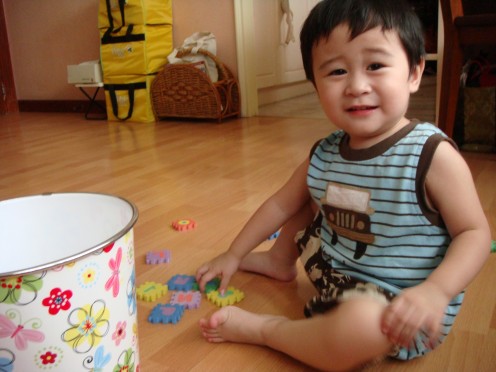
Toddlerhood: Eighteen to Thirty Six Months
The personality and sense of self begin to unfold more and more during toddlerhood. The toddler begins to gain self confidence by learning to do new things. The challenge then is to create an environment for the child to explore safely his environment without making him fearful or inhibited.
Children on this stage would be exposed to different people (eg. Day care center’s staff, preschool teachers and other parents) and because of this, they will be exposed to different expectations and beliefs as to how children should act and behave.
Adults may now expect the child to be more controlled – to sit down, to color inside the lines, to be quiet, to take turns or say borrow when you want a toy. This is all new for the child. So it is important for the school and the home are consistent in teaching behaviour. Consistency in teaching will enable children to do what’s expected of them.
Toddlers usually engage in parallel play. For instance, two boys may sit side by side playing blocks without interacting with each other. But during the later part of this stage, the child will progress to interact and become interested with his playmates. As a child wants to play with another child, he may not know how to get along. So for example, knocking over the block of another boy or getting the toy may be his way of saying, “Play with me.” This is the best time to teach a child how to play with another child by sharing and cooperating. This is developed through associative play where kids learn to interact positively with each other.
THINGS TO REMEMBER:
- Toddlers spend an enormous amount of time observing what’s going on in their environment. They are learning through what they observe and start participating.
- They develop preferences, likes or dislikes. Sometimes they make demands – try to manipulate and gain attention. This is how they are developing their sense of self. So around age 2 and a half, they begin to assert their opinions and refused to do the things that are asked. “No” increases in frequency. Or they would resort to ignoring the primary caregiver. This is a child’s attempt to become independent and gain control over their own lives.
- Adults need to support this by striving not to restrict toddler’s behavior than is necessary. For instance, allow them to play with toys they can touch and explore instead of saying ‘don’t touch that’ most of the time.
- Children love fantasy from fairy tales to superheroes and make believe games.
- Toddlers behavior is self-centered or egocentric. They are more interested in themselves and what gives them pleasure than in pleasing others.
Three to Five Years Old
When a child reaches three to five years old, the sense of self, the individuality emerges. A child will develop extremes likes and dislikes with people, food or any activity. They will be vocal about it, making their feelings heard.
Some kids also experienced fears that may seem irrational to adults. But it is important not to dismiss these fears. Both parents, teachers must work together on how to deal with fears lovingly and positively.
THINGS TO REMEMBER:
- This is the best time to teach children that although it’s normal to have feelings and express them, there are also rules as to when, where and how these feelings should be expressed.
- Children should be taught positive discipline. For example, dealing with frustration or handling disappointment when you didn’t win in a competition.
- Train children already to be honest, to be responsible, to be loving, kind and caring.
- Exposed them to ideas like caring for our earth and what they can do.
In a Nutshell
Having a basic knowledge and understanding of the social and emotional development of children will help you understand why children behave the way they do.
- Three year old Richard still babbles. He has the tendency to throw tantrums because he can’t communicate his feelings and thoughts. So having speech therapy helped him a lot.
- Five year old Honey made her classmate cry because she called her drawing ugly. Honey had to be explained that saying those words hurt her friend.
- Four year old John was always afraid of performing on stage. The teachers, parent and classmates worked hand in hand to find solutions and helped him overcome his fears.
I hope this helped you gain a better picture of your child and understand his behavior in a better way.
BY: Michelle Simtoco



